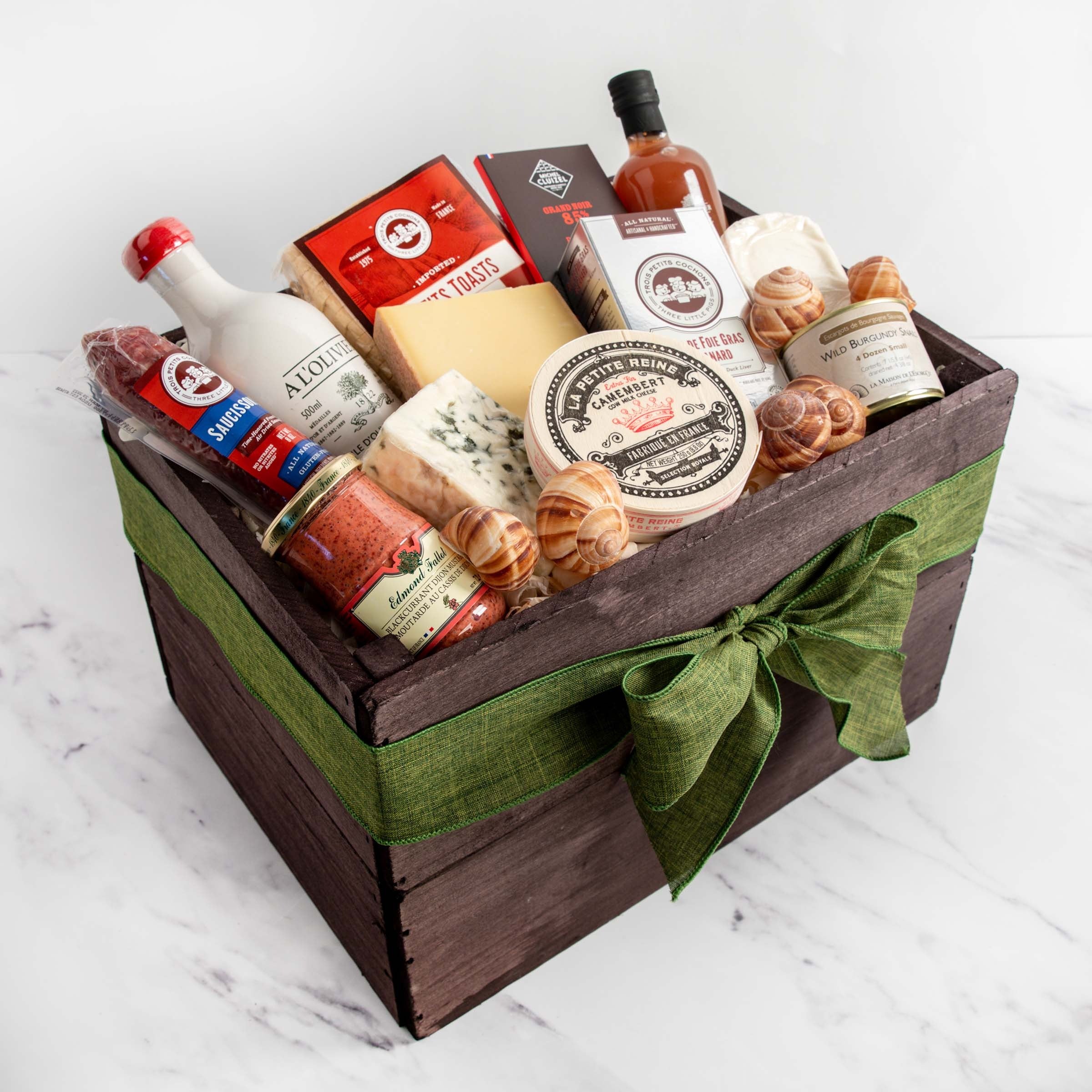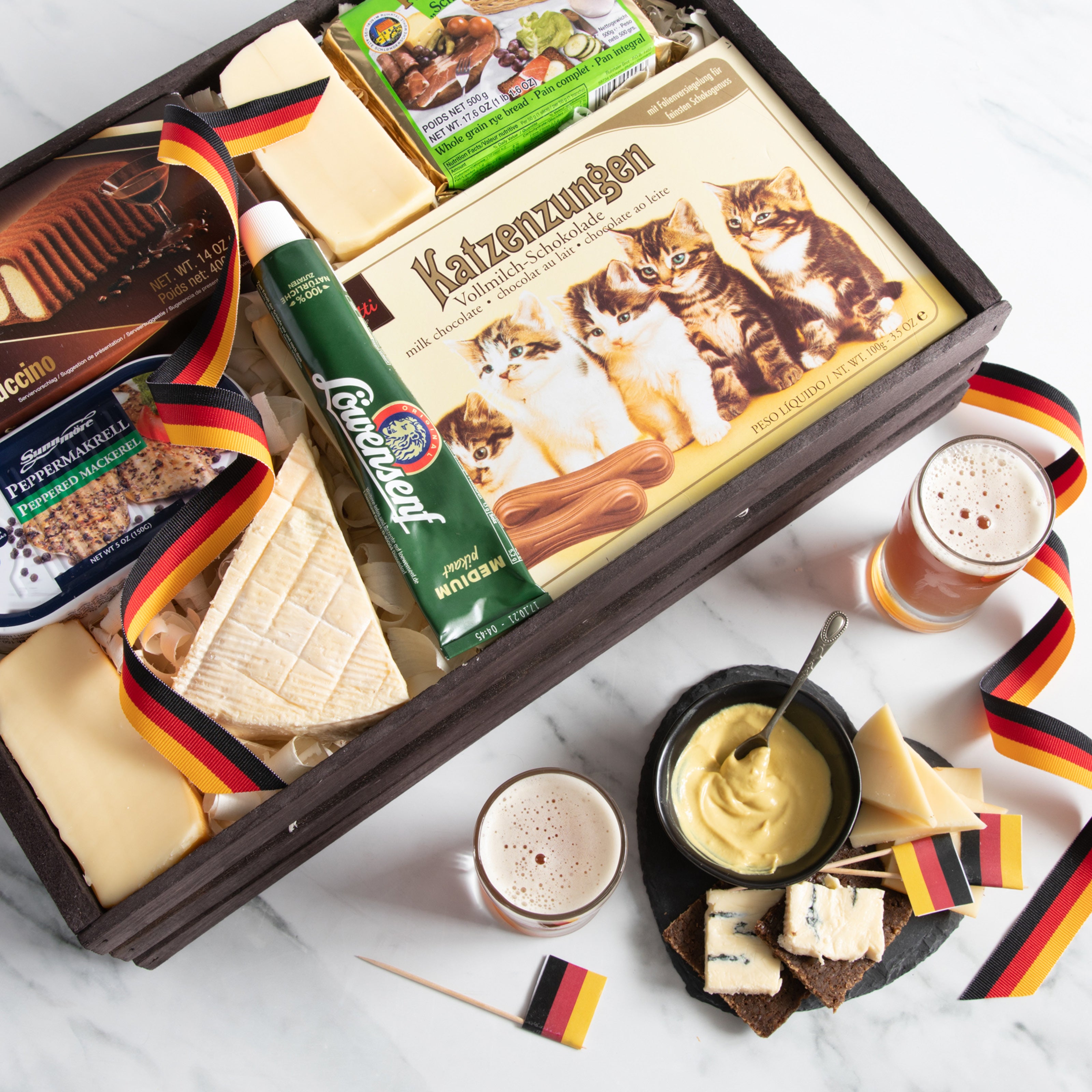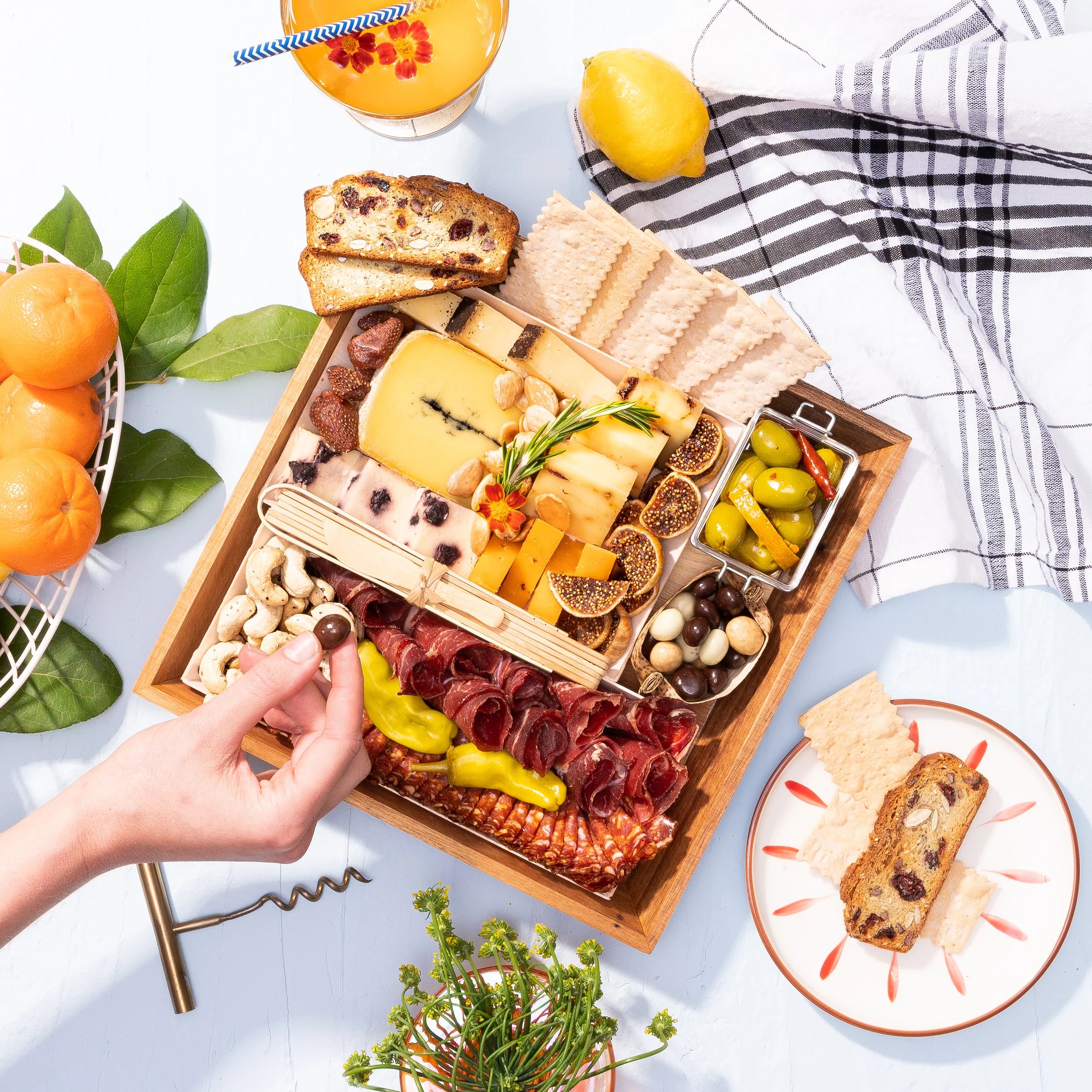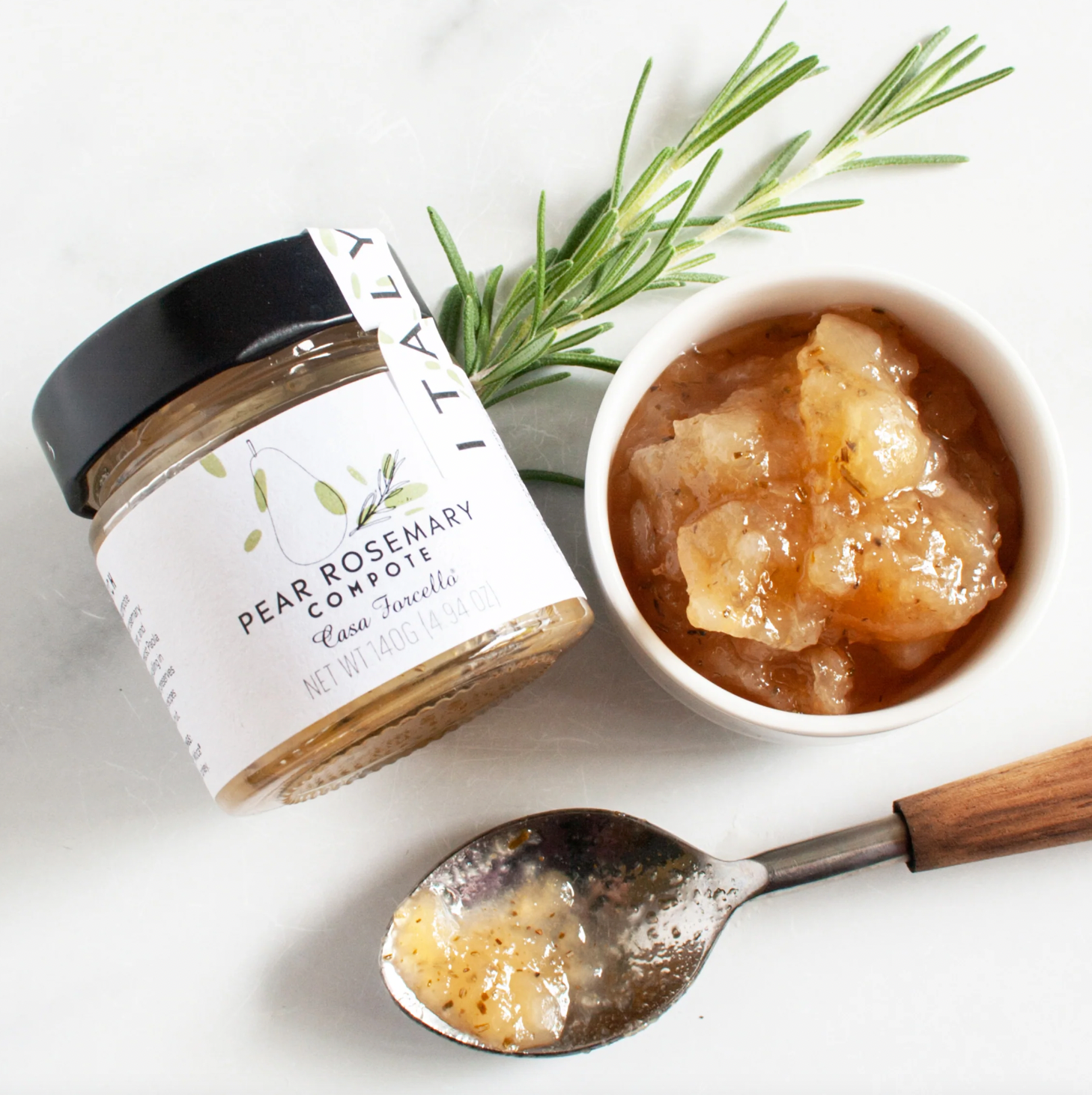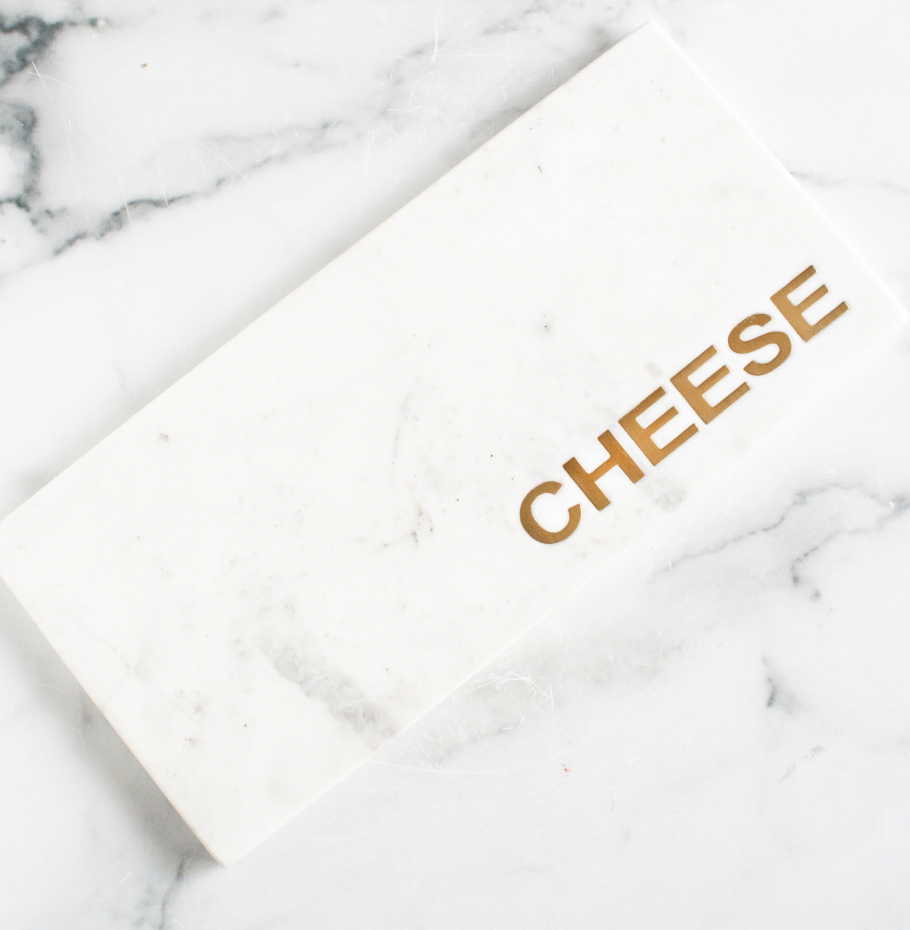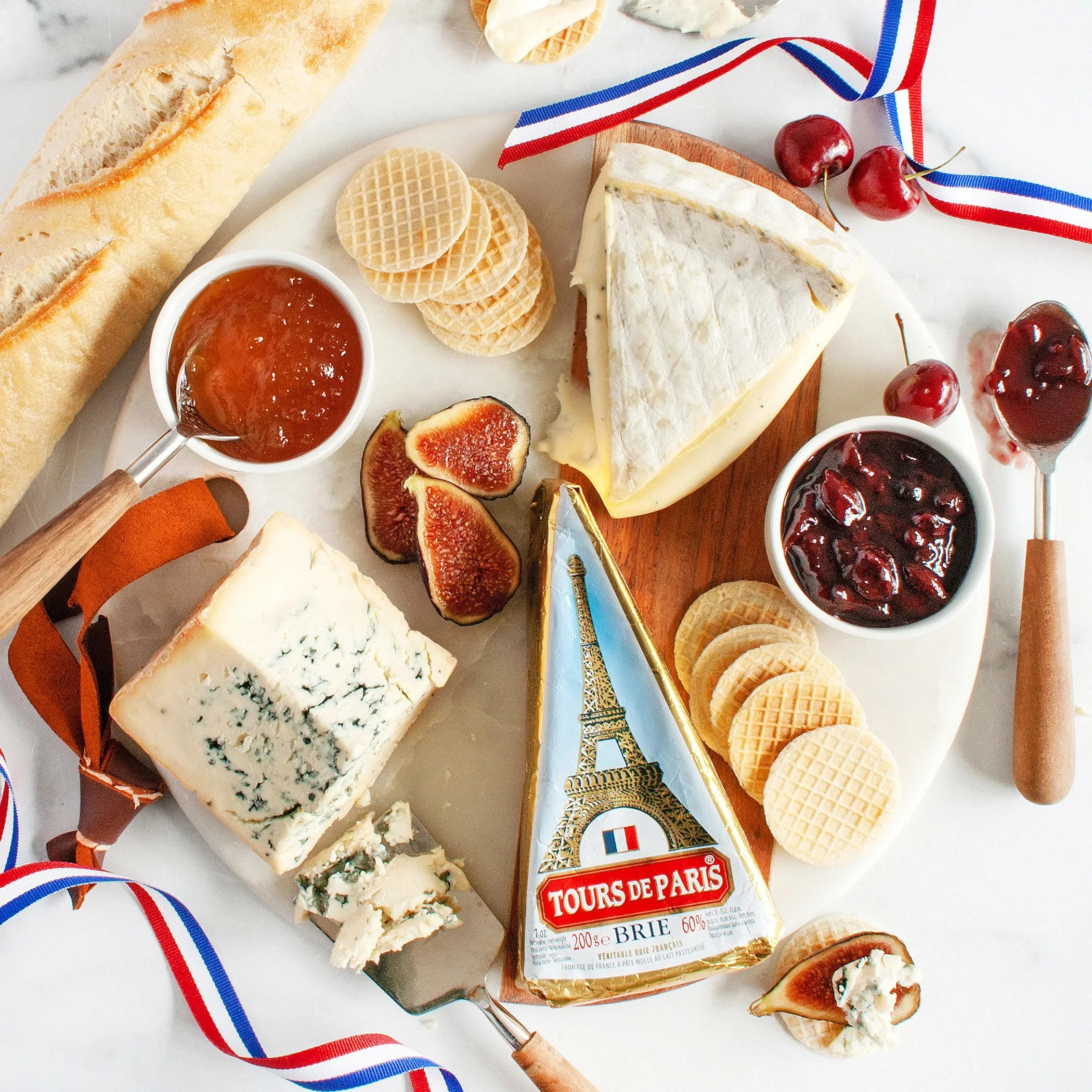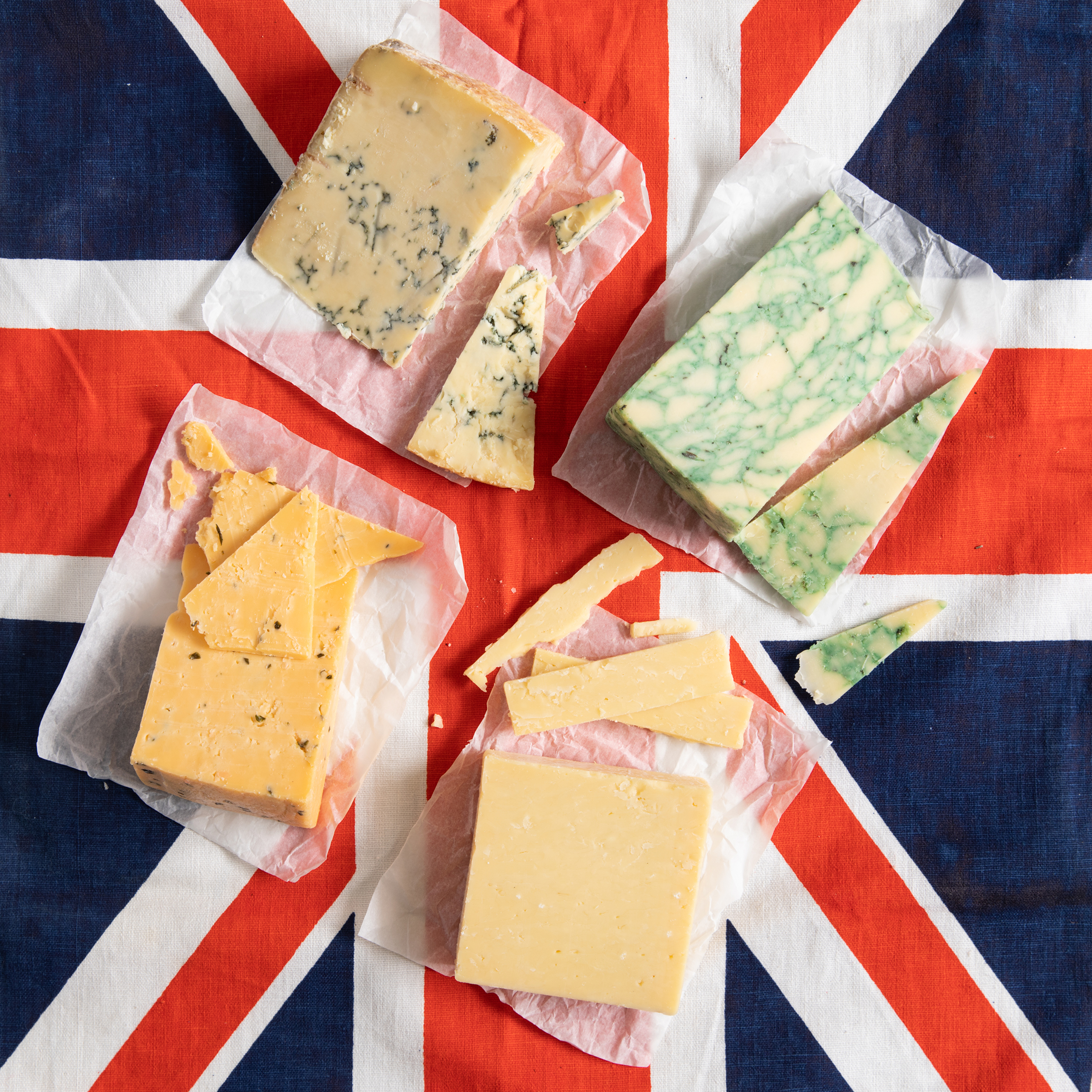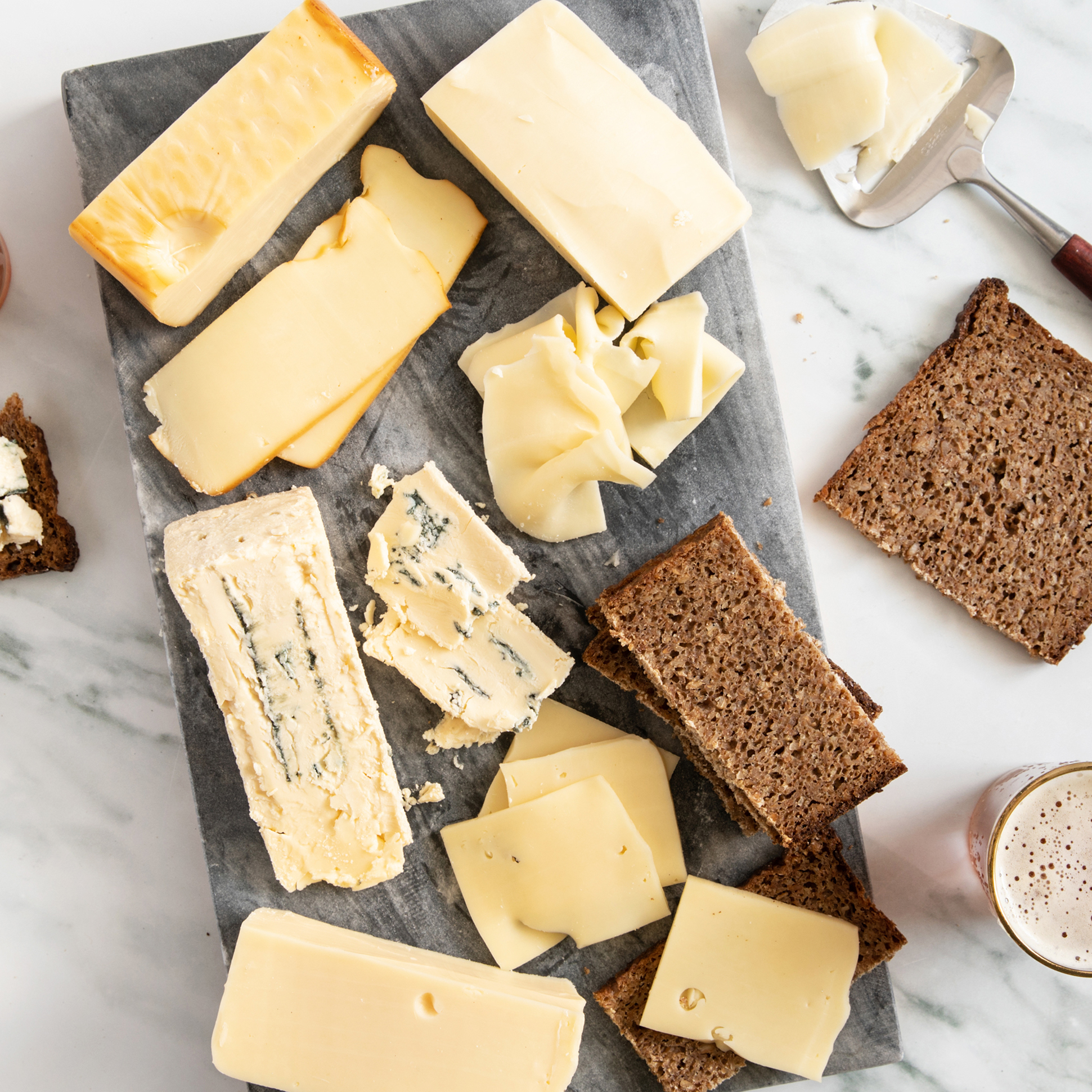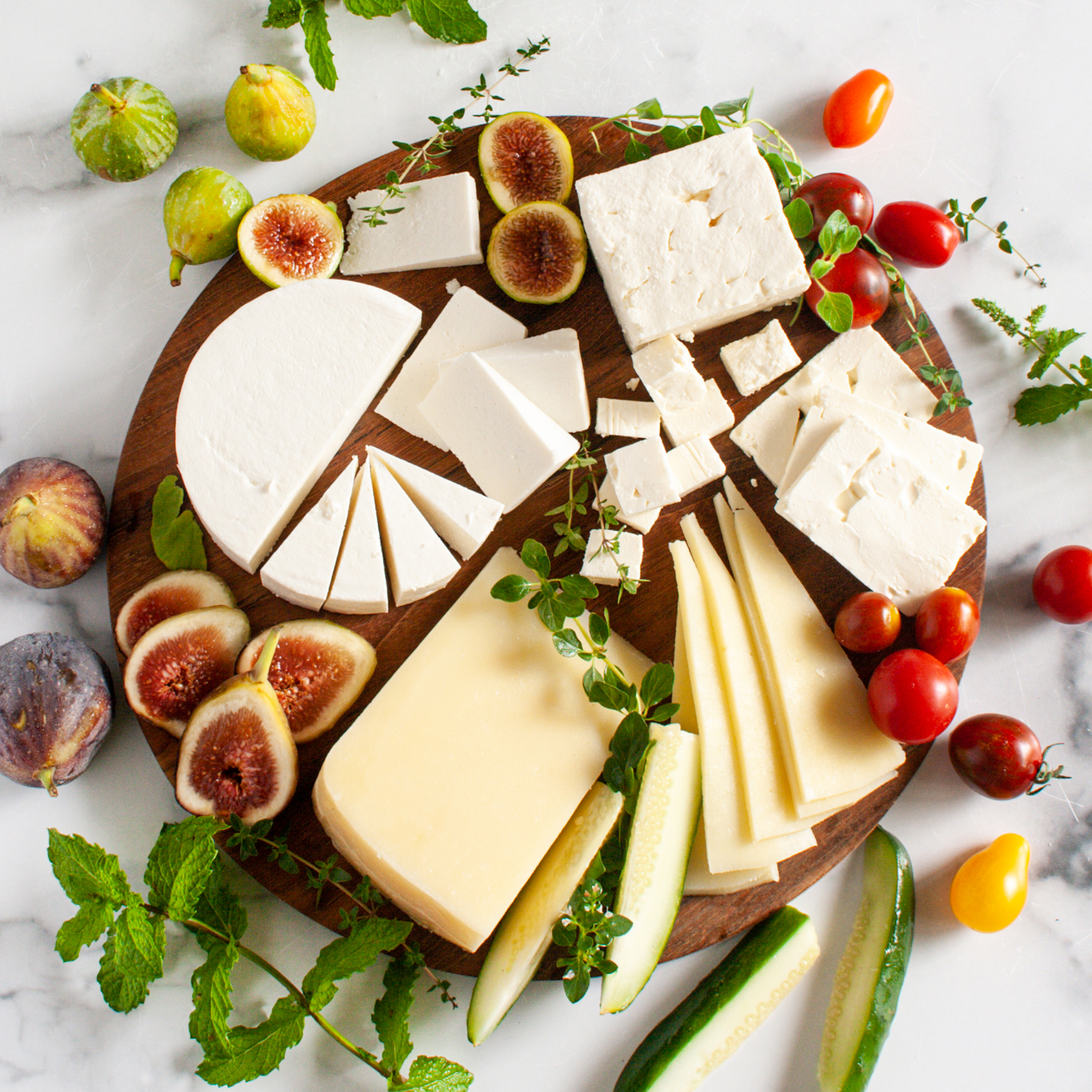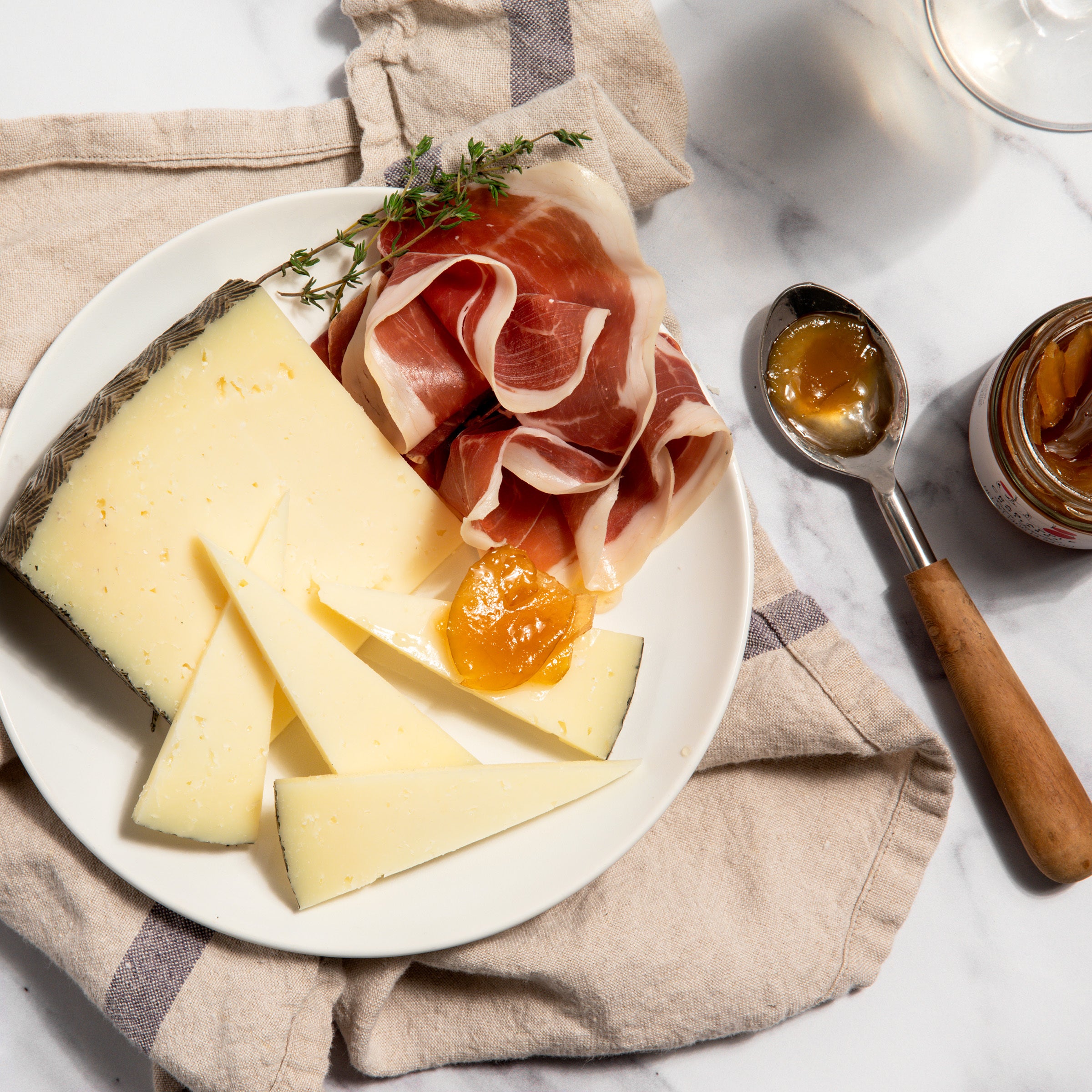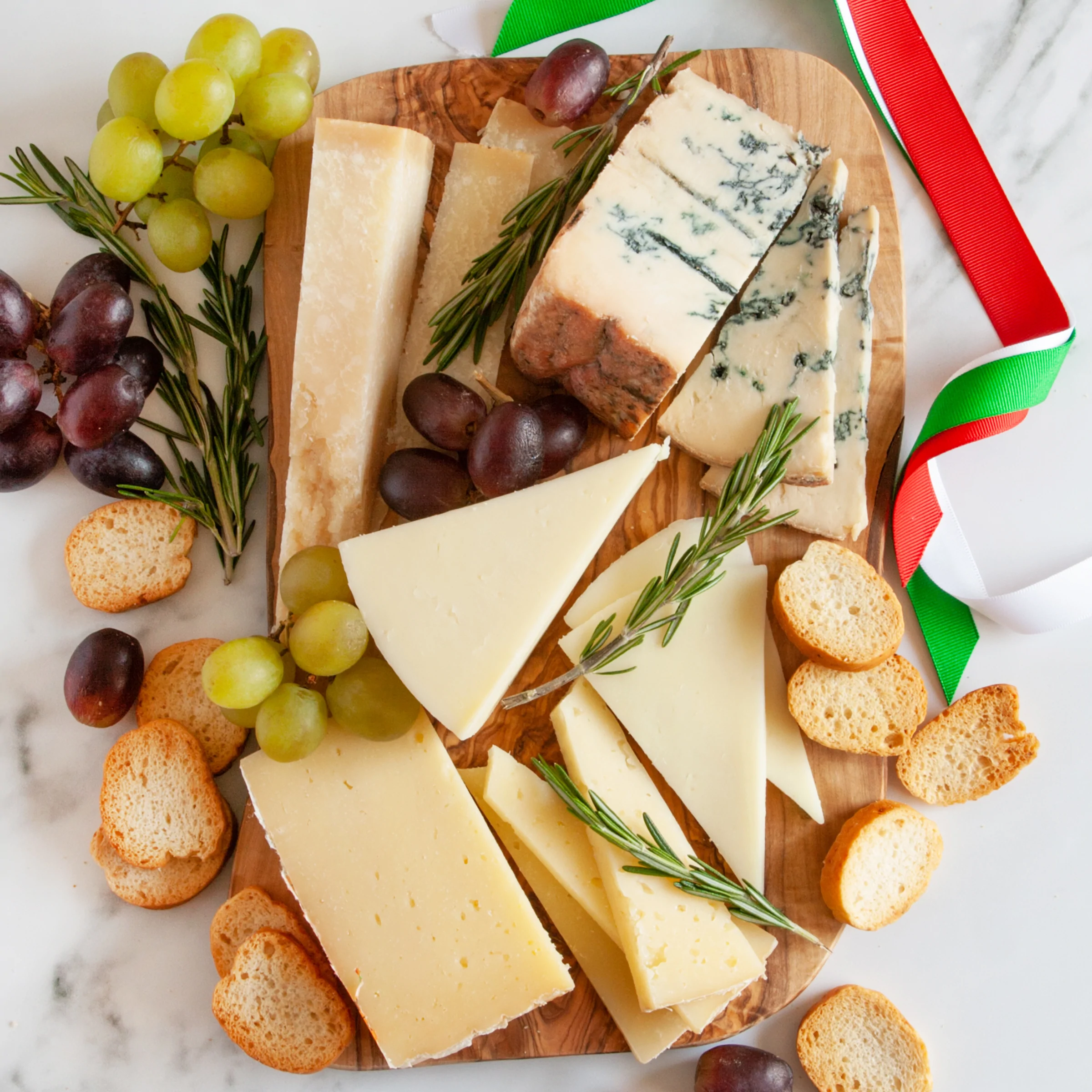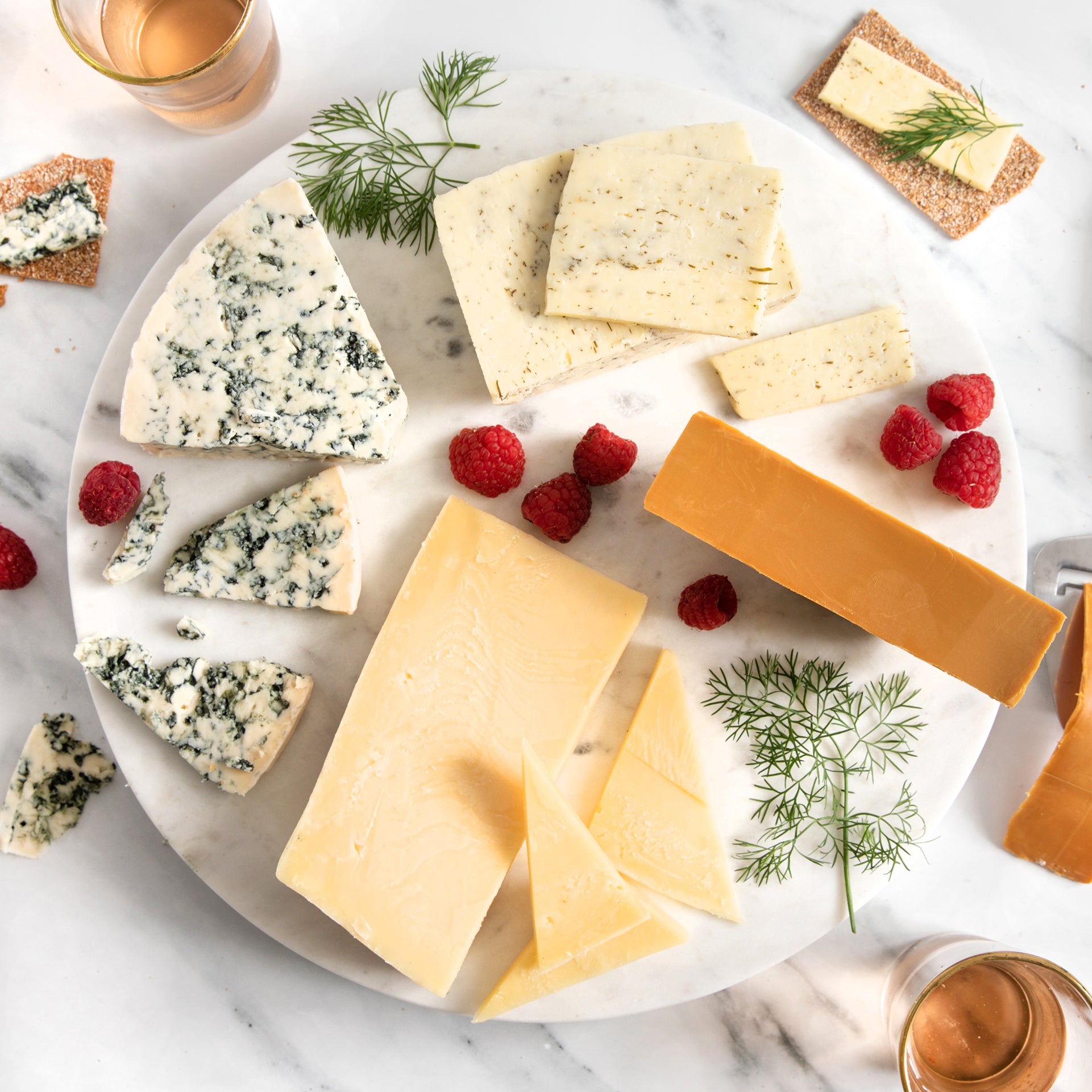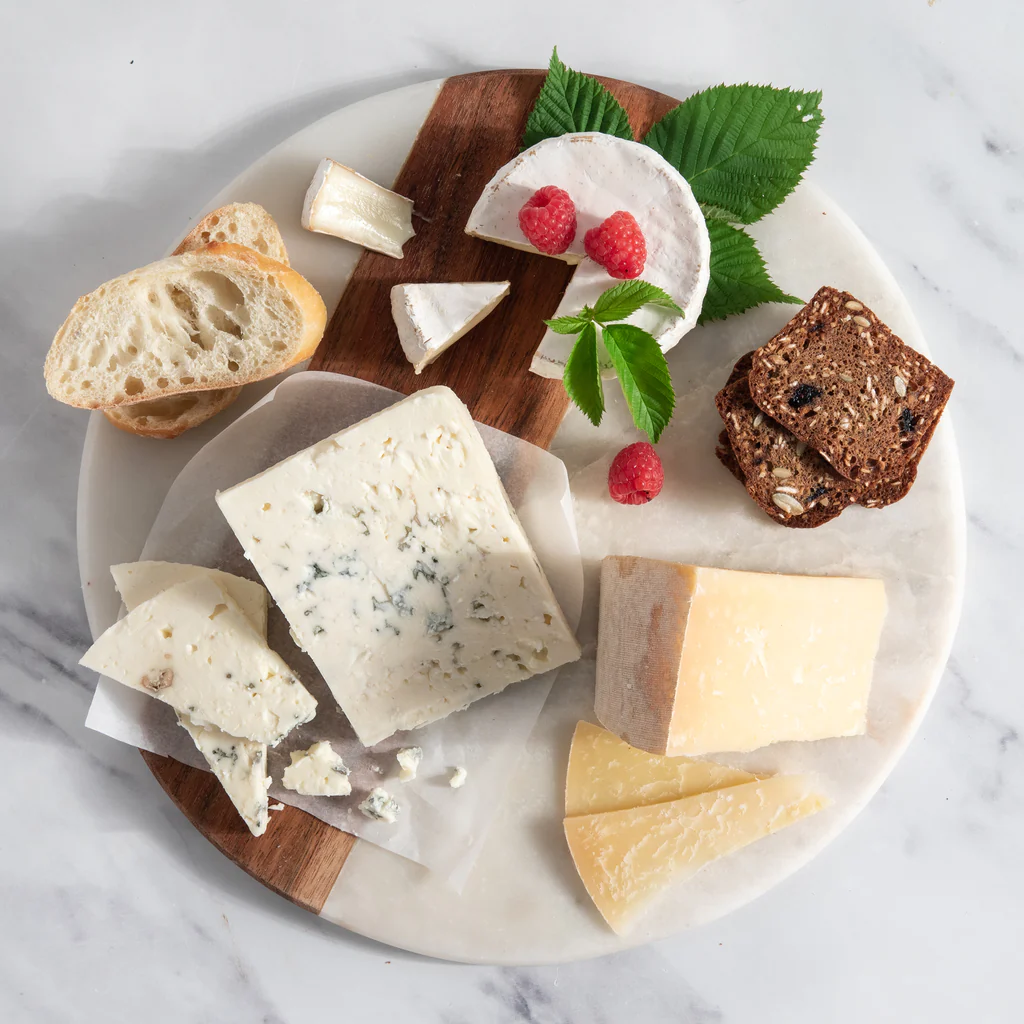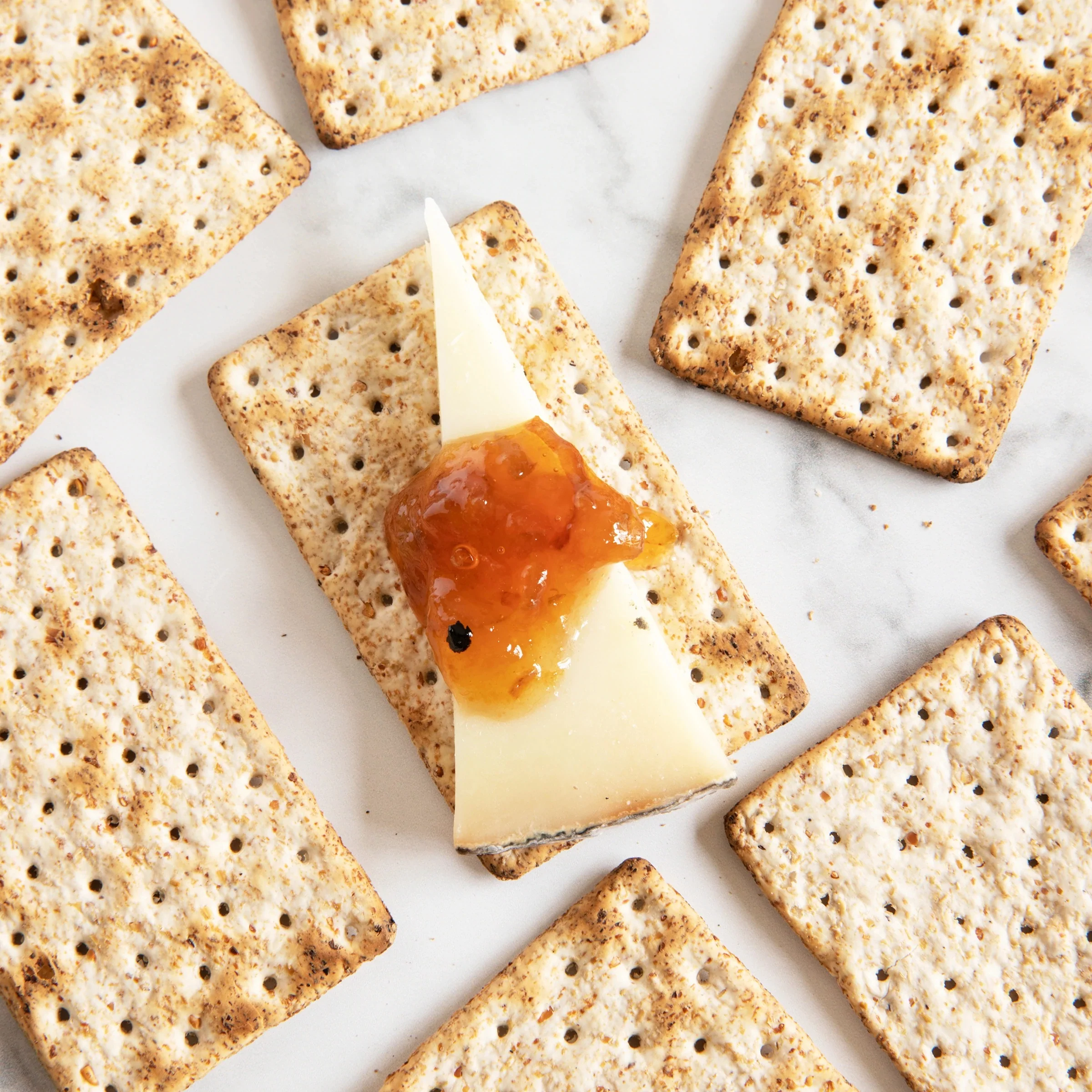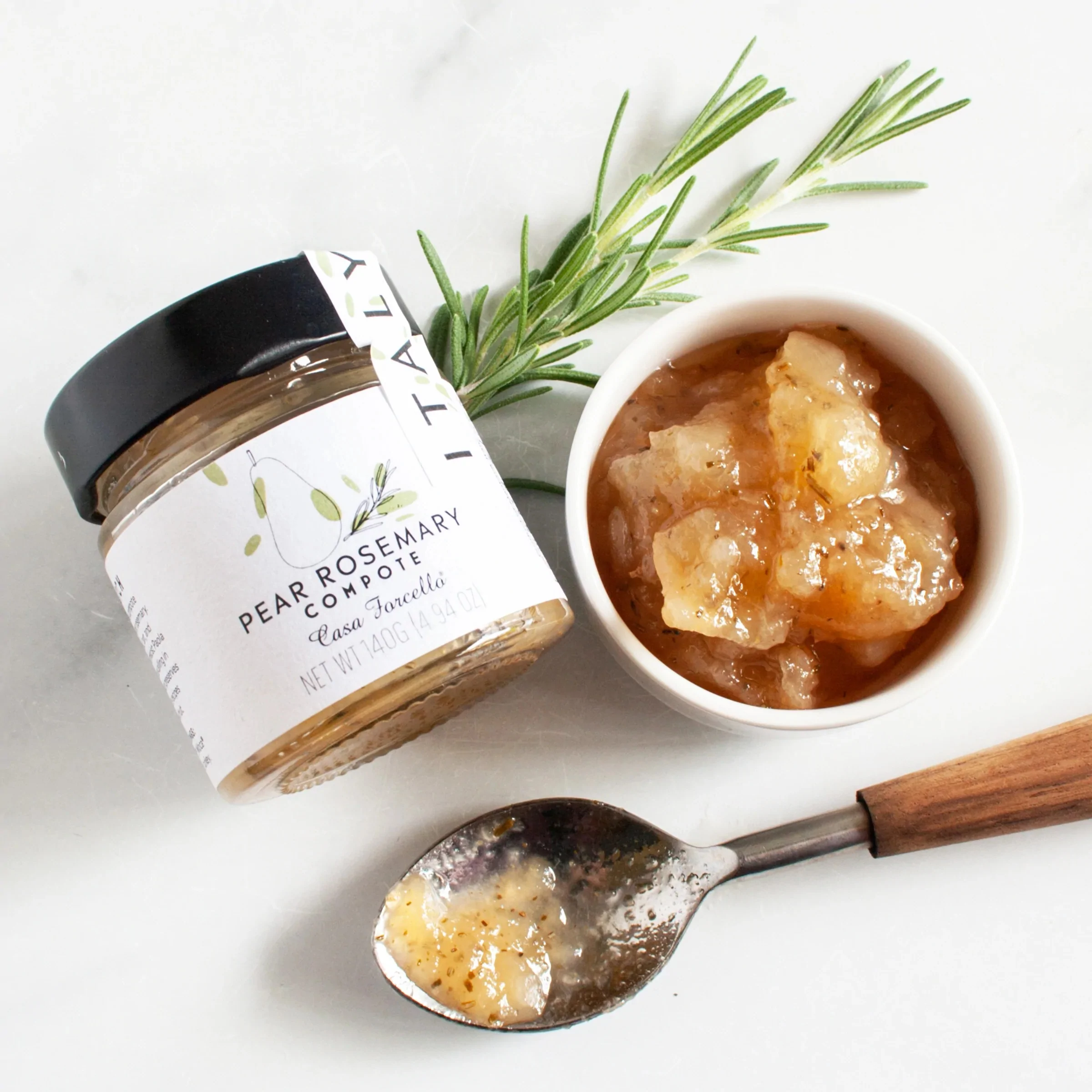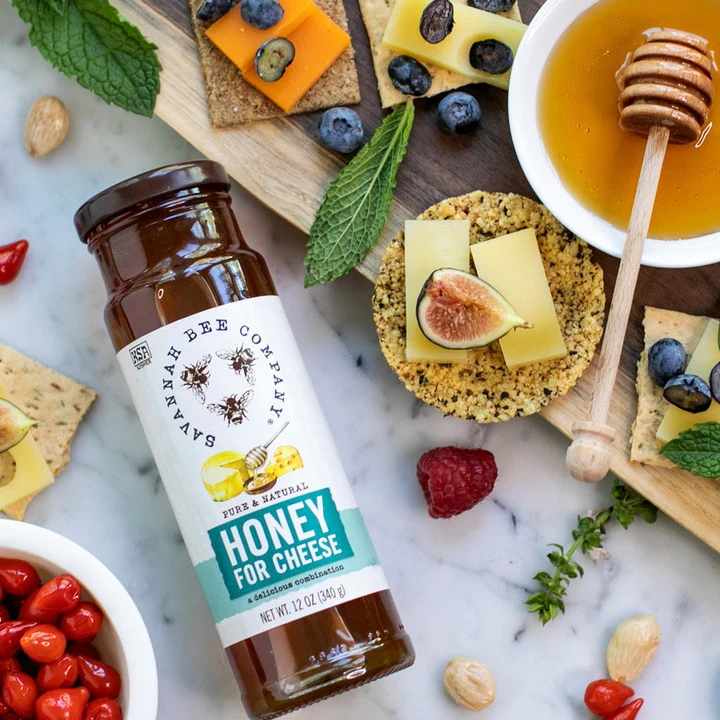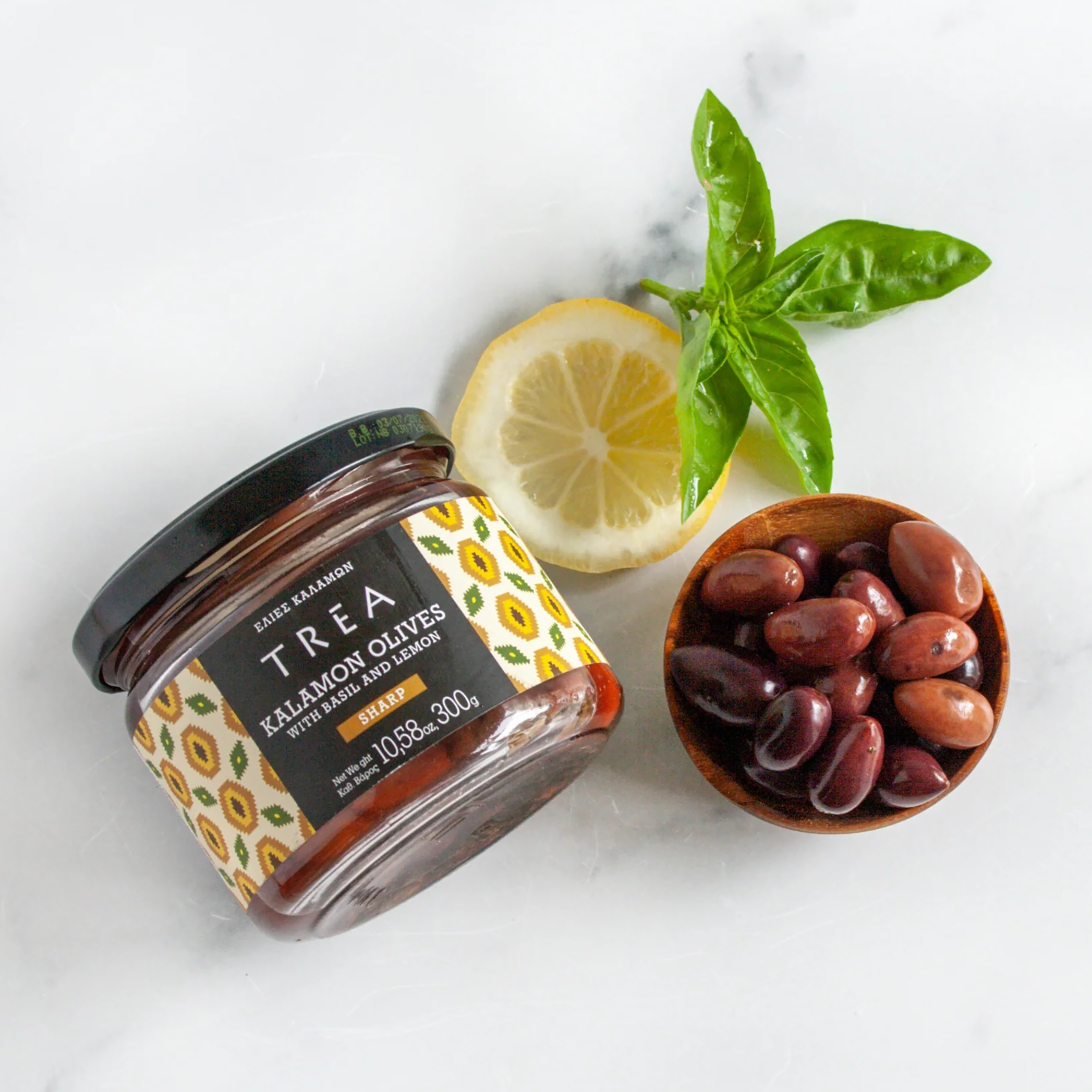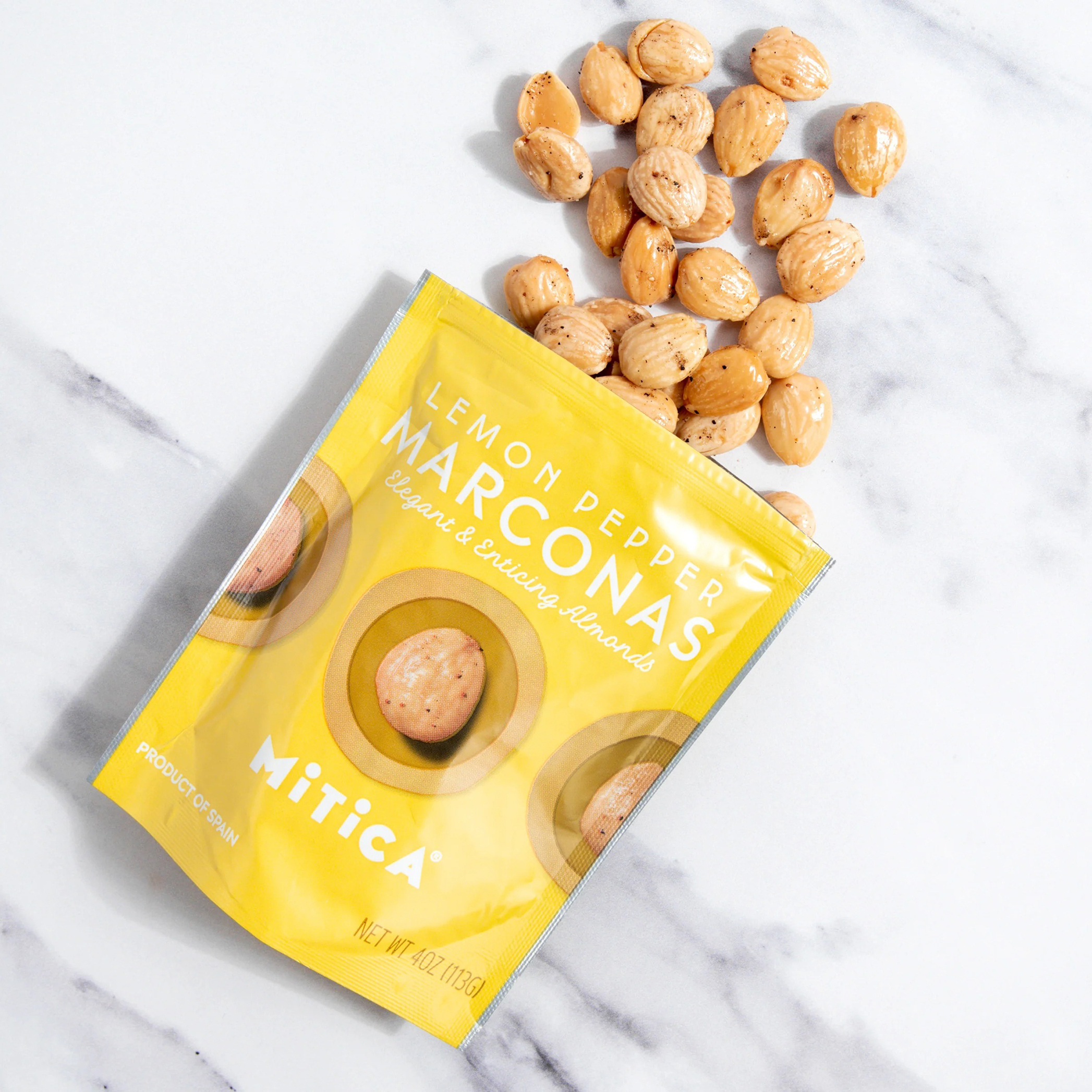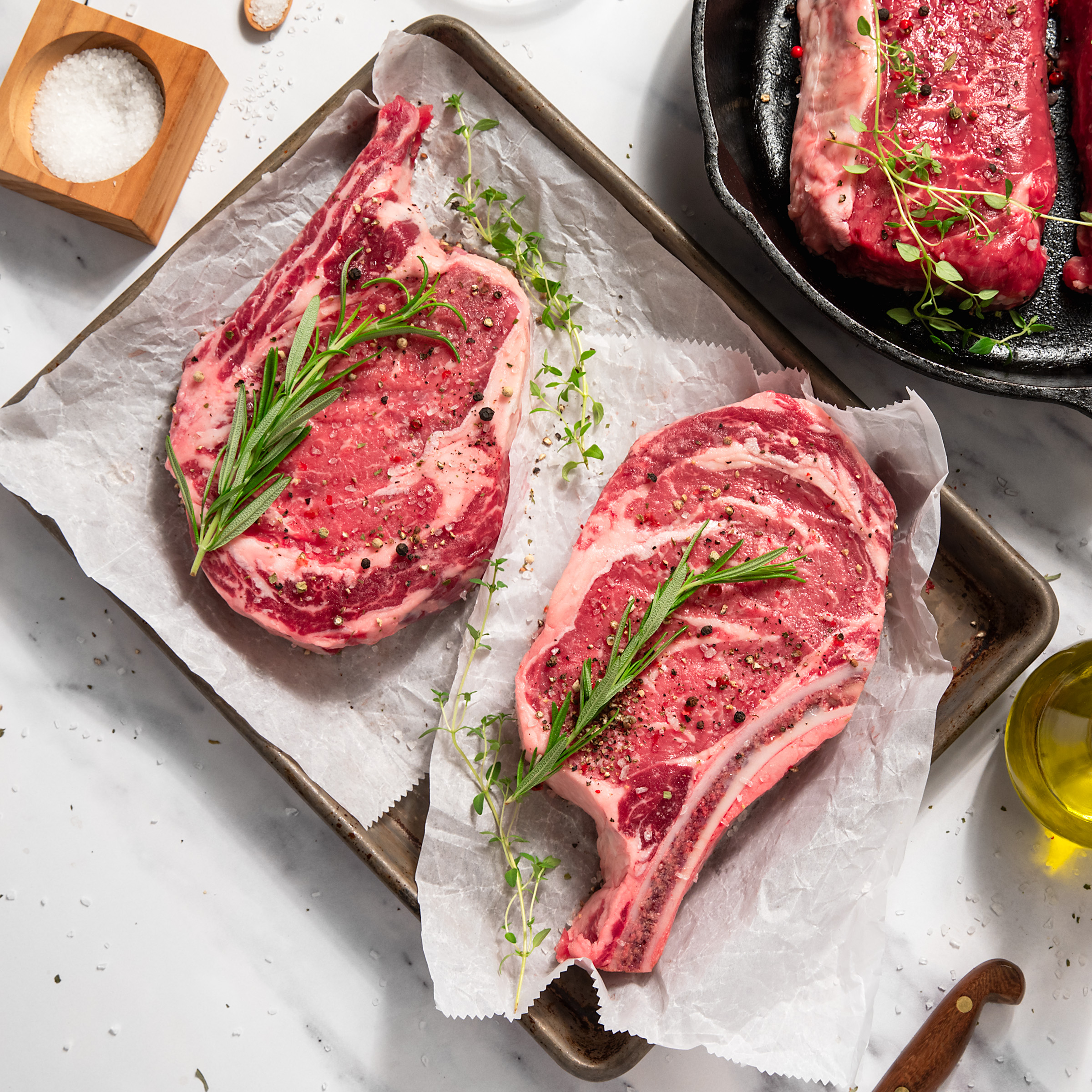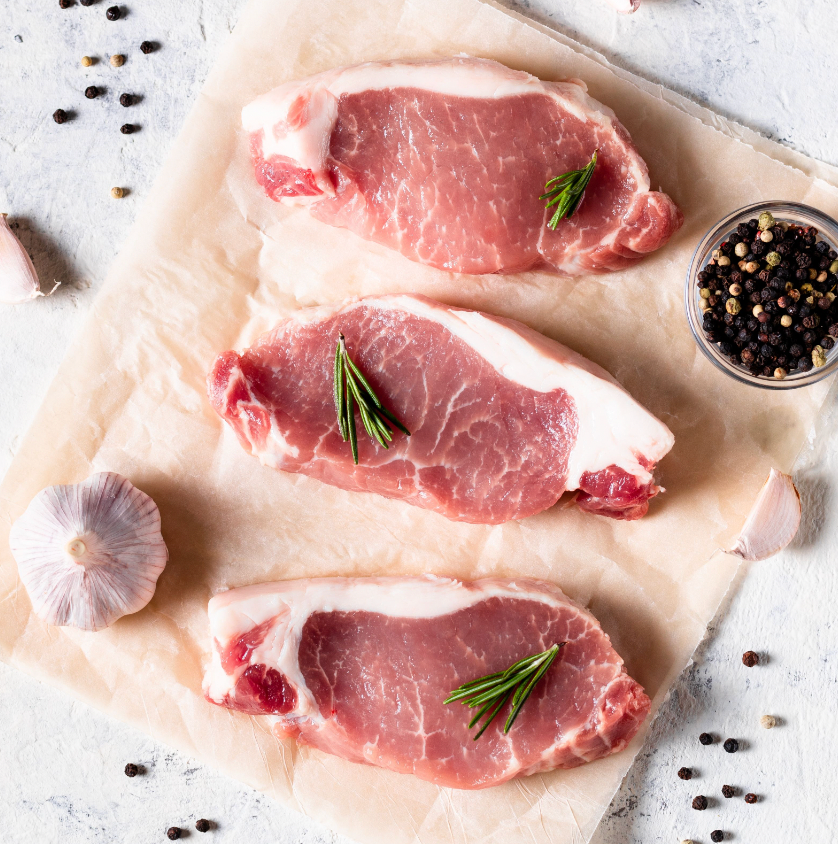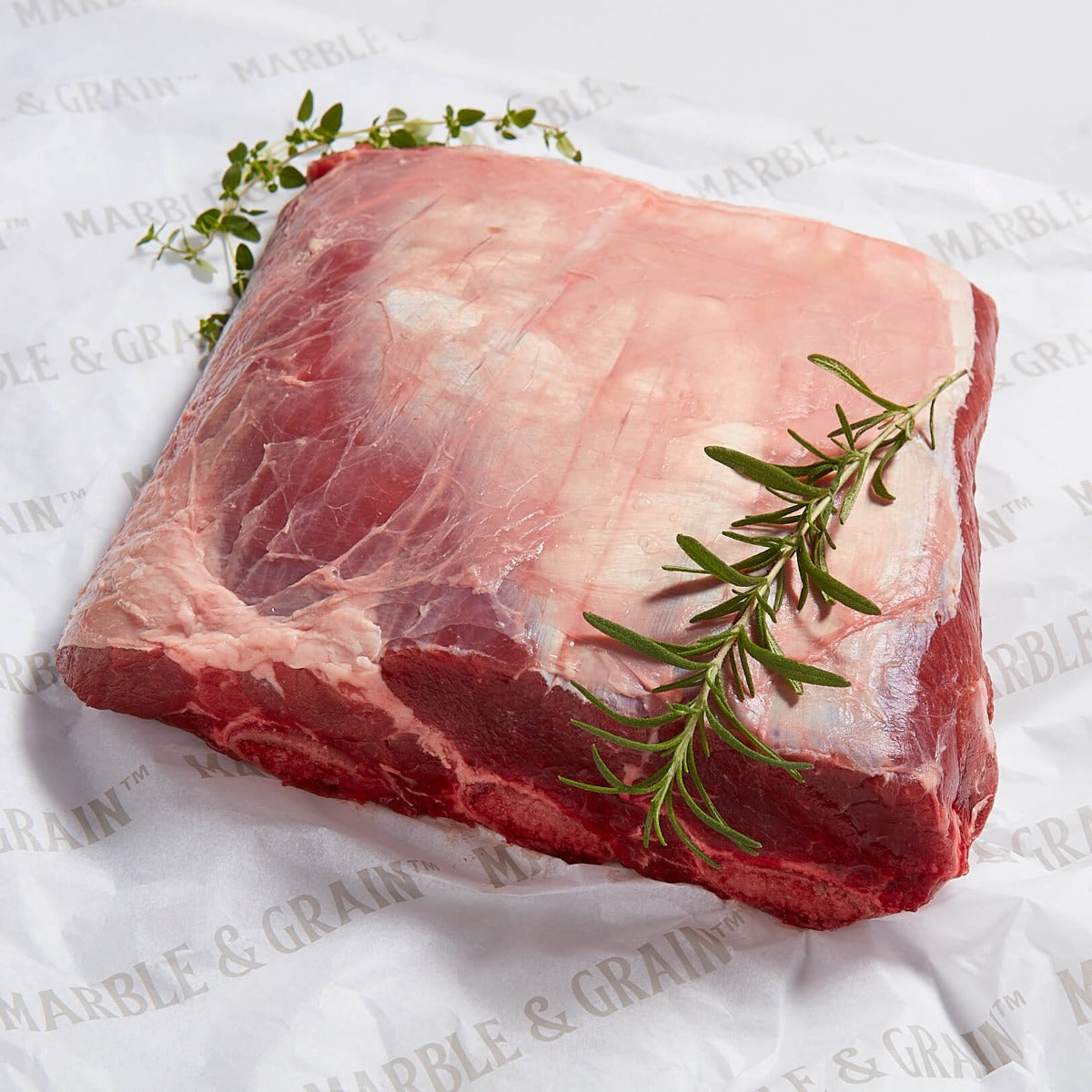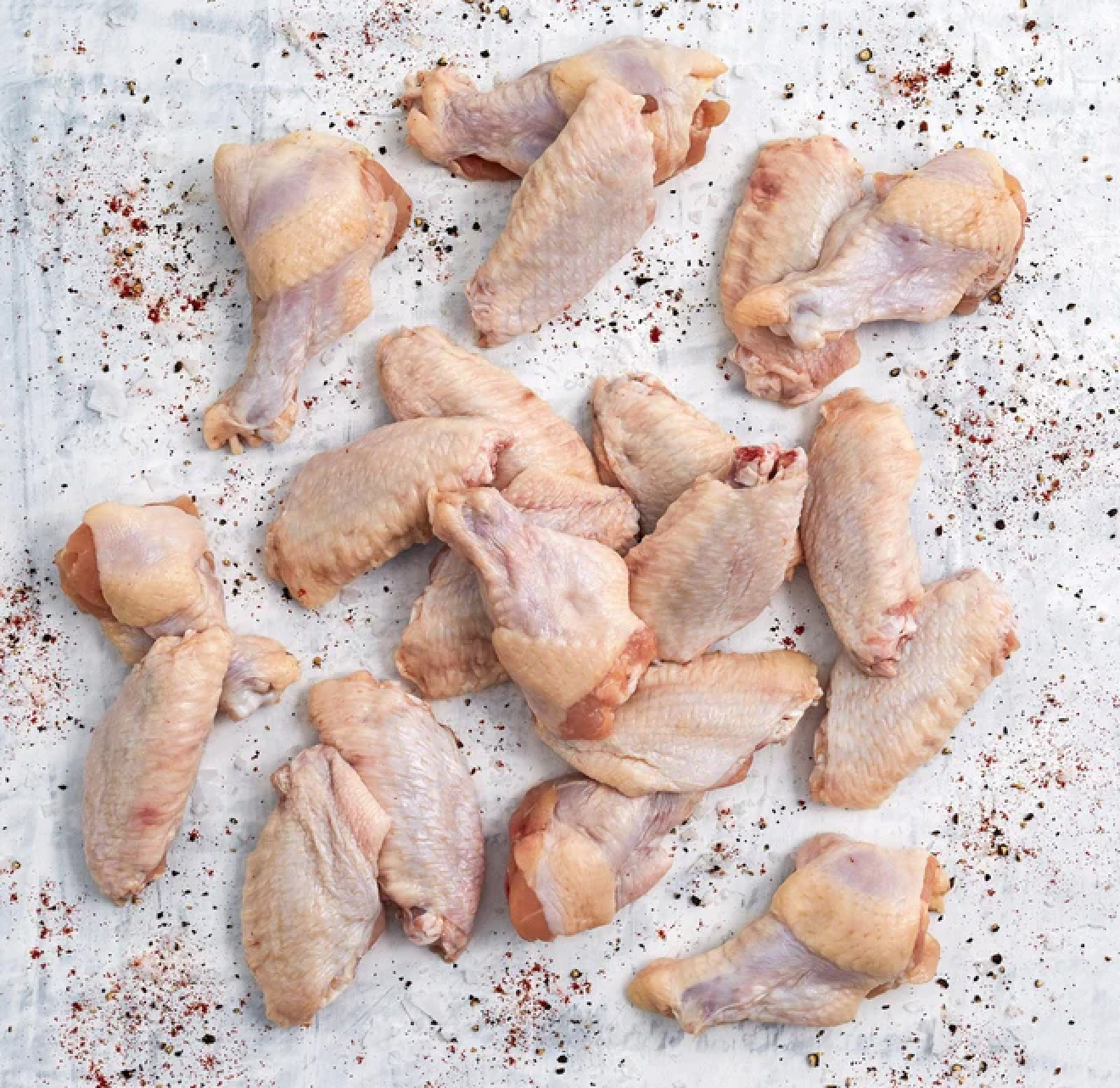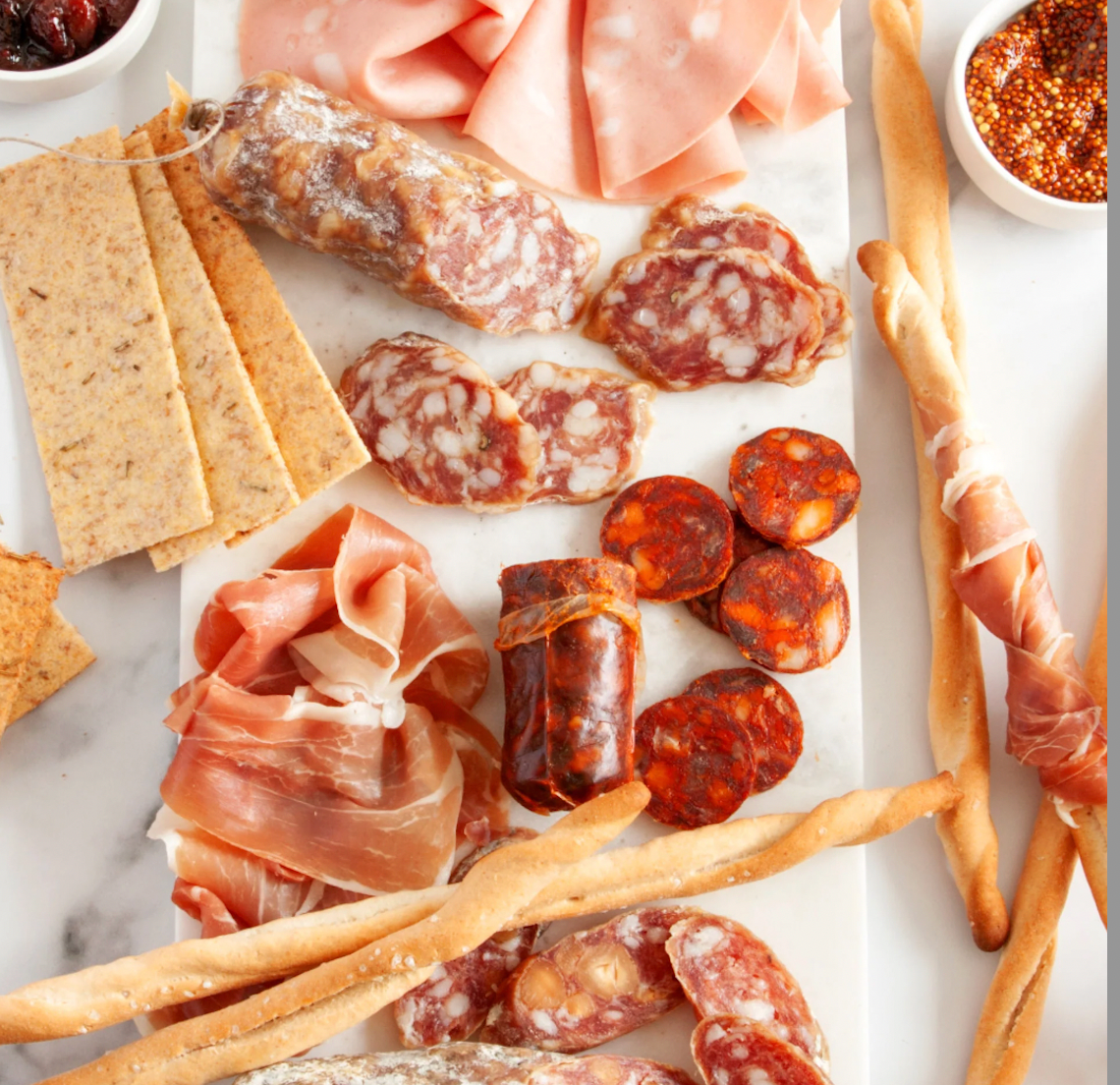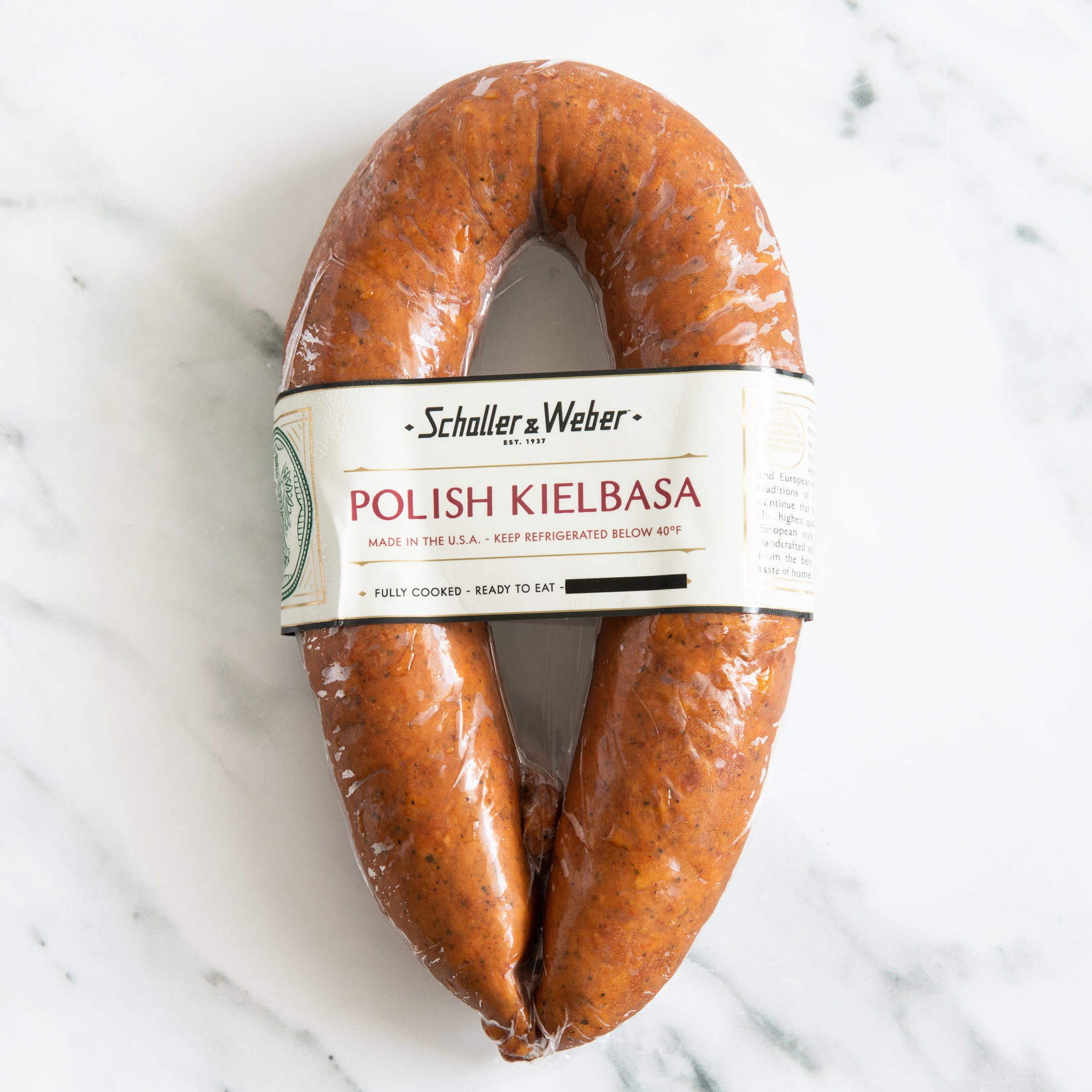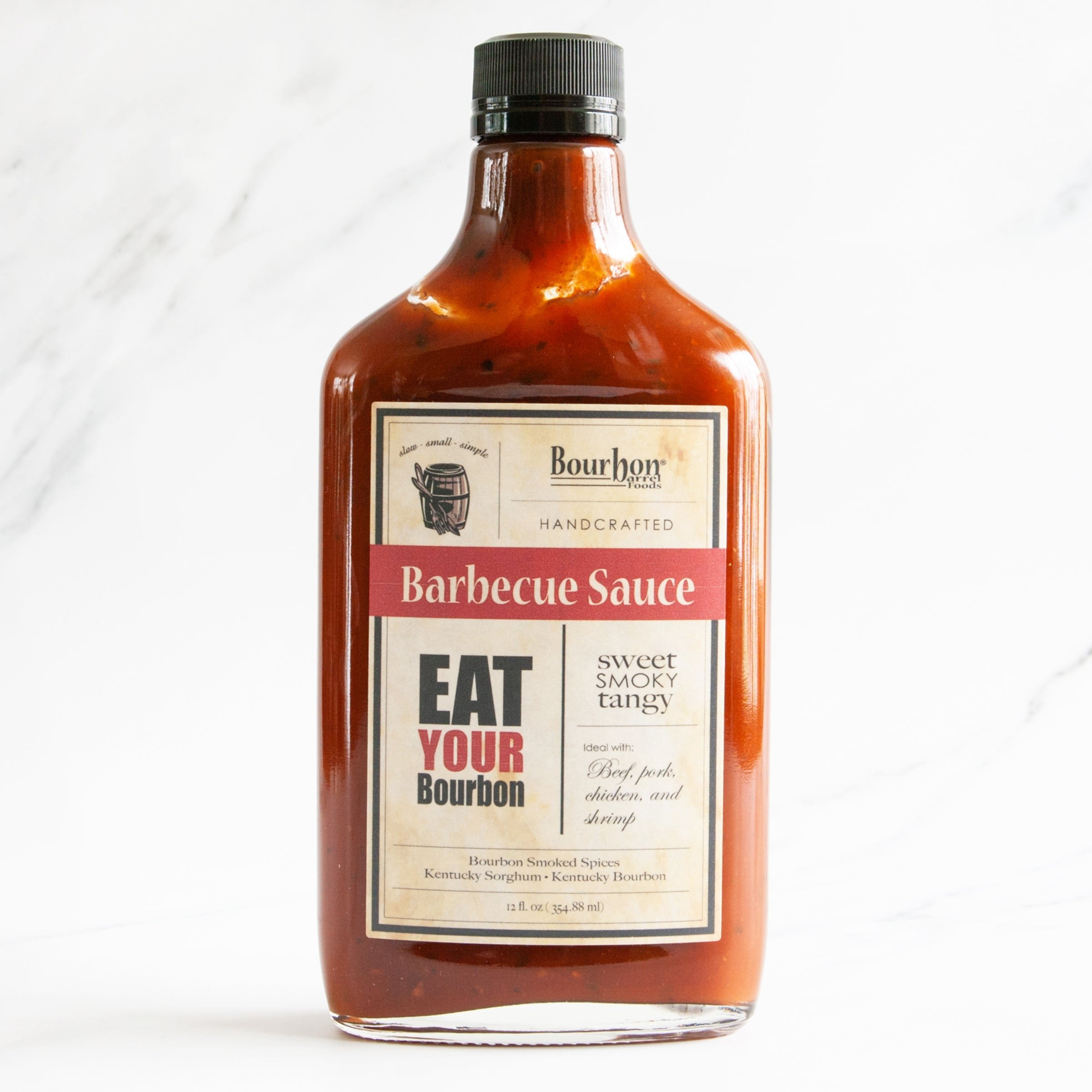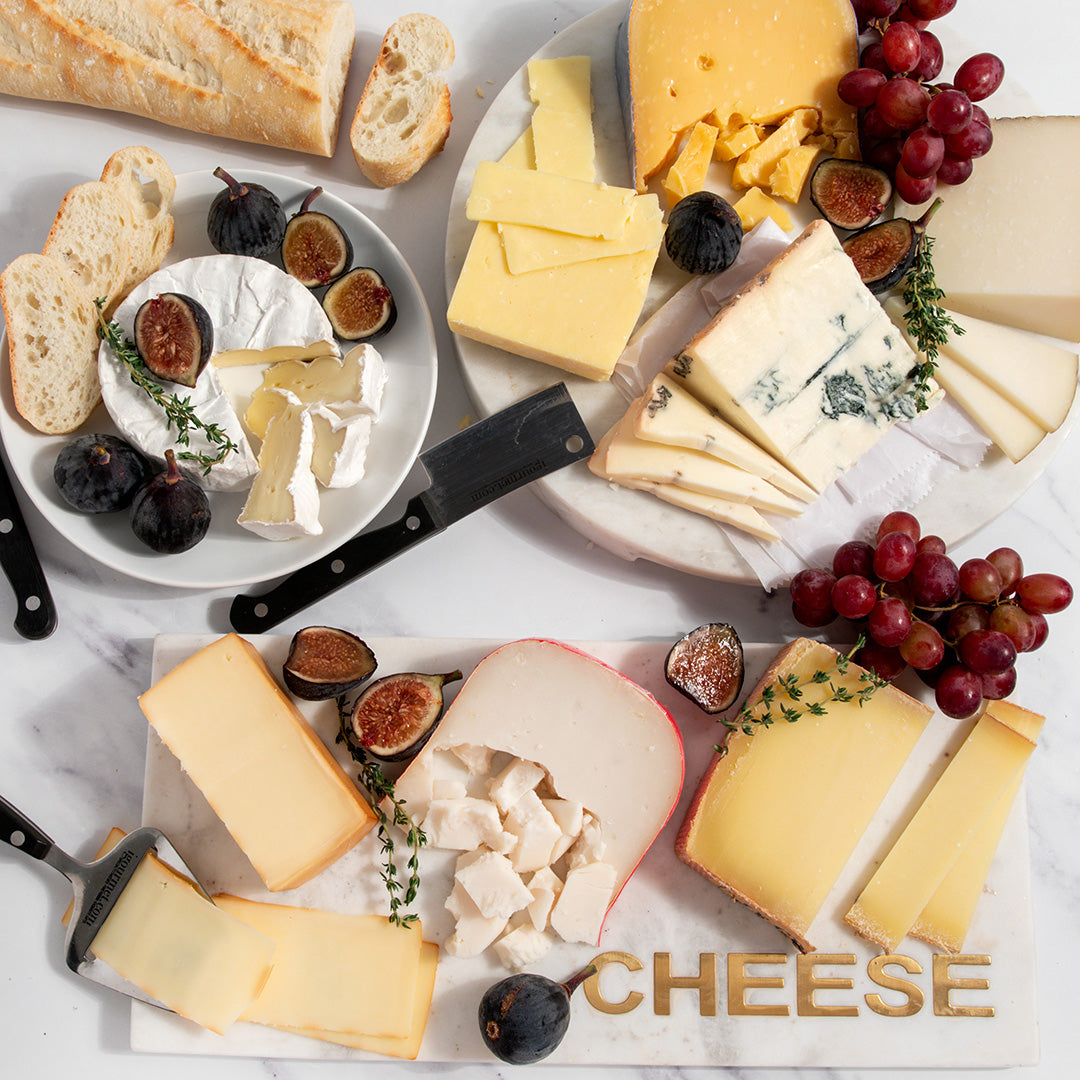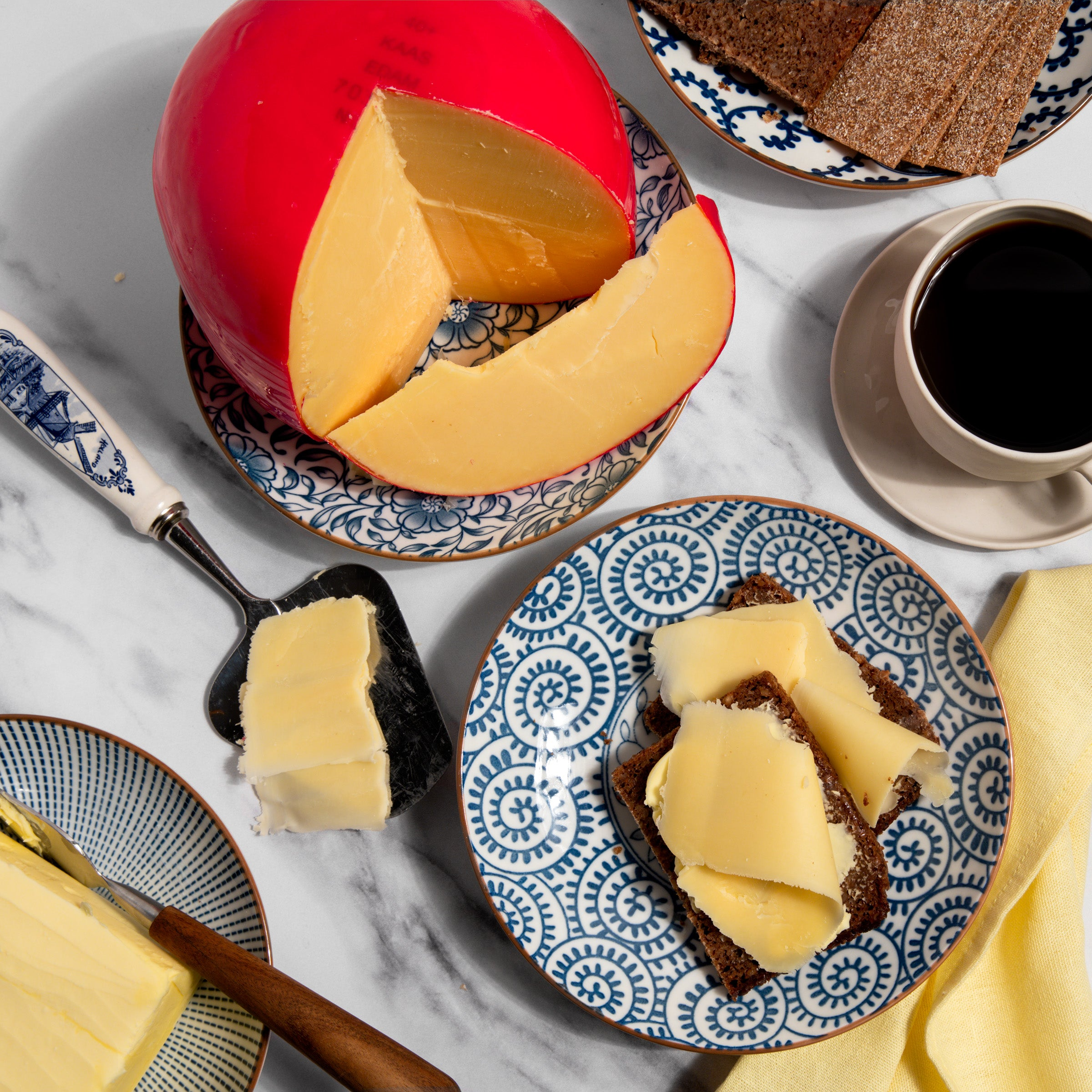Guide to Cheese Types
Spanish Cheese - Cheese Guide
June 12, 2019 | By Dave Mattingly
History of Spanish Cheese
While it is believed that the omans refined cheese making techniques and brought them to colonized regions such as Spain as early as 200 BC, cheese was most likely made in the Iberian Peninsula many centuries before Roman occupation. Due to the varying climates and terrains throughout Spain, each region in Spain made its own type of Spanish Cheese with available local ingredients. Spanish Cheese made from sheep's milk would have been common in the rocky and dry interior regions of Spain where cows could not thrive, whereas areas of the northern coast of Spain rich in green pastures would be suitable for cattle and would produce creamy cow's milk Spanish Cheeses. Fresh cheese made from goat's milk was made throughout the country, as it was inexpensive and accessible.
Spanish Cheese has not found international acclaim like neighboring countries such as France or Italy due to Franco's dictatorship following the Spanish Civil War. Under his rule, production of artisan cheese was outlawed due to efforts to modernize production in the country. Luckily, cheese production went underground and some artisans continued to refine their cheese making techniques, because after Franco's death in 1975, artisan cheese production resumed and Spanish Cheese was eventually shared with the rest of the world.
Spanish DO Cheeses
Cheese consumption in Spain has grown in recent years largely due to the improvement in quality and increase in Denomination of Origin cheeses. Today, there are over twenty Denomination of Origin (DO) or Protected Designation of Origin (PDO) varieties of cheese from Spain. The DO label is part of Spain's regulatory classification system for wines and other foods such as cheese. It regulates quality and geographical origins of certain Spanish cheeses, such as Manchego, Mahon, Murcia al Vino and Tetilla. The PDO label was established by the European Union and regulates production regions as well as ingredients and manufacturing methods for PDO cheeses, such as Ibores and Idiazabal.
Spanish Cheese Serving Suggestions
Spanish Cheese is commonly served in Tapas meals in Spain. Popular in the cafes and bars of Spain, Tapas are appetizers or snacks that are eaten any time of the day. Tapas may be served cold or hot and many Tapas may be combined to create a complete meal. Spanish Cheese may also be eaten by itself, in main dishes, with desserts or with accompaniments such as fresh bread, crackers, fresh fruits or membrillo (Spanish quince paste).
Types of Spanish Cheese
Cabrales: Cabrales is the famous Spanish blue cheese. Sharp and tangy, Cabrales is made from the milk of cows, sheep or goats, depending on the season. Cabrales is aged for two to six months in climate controlled conditions which allow penicillium mold to grow, creating blue-greenish veins throughout the cheese.
Iberico: Similar to Manchego, Iberico is made from a mixture of cow, goat's and sheep's milk. Iberico is a hard, mild cheese that has a smooth grassy flavor.
Ibores: Made in the Extradamura region of Spain, Ibores is a raw goat's milk cheese that gains sharpness during its aging period of two months. This hard salty and tangy cheese is rubbed with a mixture of olive oil and sweet paprika.
Idiazabal: Idiazabal is an unpasteurized sheep's milk cheese that has an inedible rind. A classic shepherd's cheese from the Spanish Pyrenees, Idiazabal may be unsmoked or smoked, and is sharp and salty in flavor.
Mahon: Queso Mahon is a nutty, fruity cow's milk cheese made on the Spanish island of Minorca. The orange rind is created by rubbing the exterior with butter, paprika and oil. Salty and spicy, Mahon is Spain's second most popular cheese following Manchego.
Manchego: Manchego, the most famous Spanish Cheese, is a 100% sheep's milk cheese made in the La Mancha region of Central Spain. Manchego, made from the Manchega breed of sheep, is a firm cheese aged from two months to two years and has a scattering of small holes throughout its texture. Officially called Queso Manchego, Manchego is protected under Spain's Designation of Origin (DO) regulatory classification system, regulating quality and geographical origin of the cheese. Manchego has also been given Protected Designation of Origin (PDO) status by the European Union which regulates production region as well as ingredients and traditional production methods. Manchego is identifiable by the zigzag pattern that is etched into its rind.
Murcia al Vino: Produced in the Murcia region of Spain, this goat's milk cheese is washed in red wine during the aging process giving the rind a deep burgundy color, flowery aroma and buttery flavor. The DOP version is known as Drunken Goat.
San Simon: San Simon is a smoked Spanish Cheese made from cow's milk that is aged up to four weeks, lightly pressed, and then lightly smoked for two weeks. Creamy and buttery, San Simon's smoky flavor ranges from mild to sharp. Made in the Galicia region of Northeast Spain, this semi-soft pear shaped cheese has a glossy texture that is lightly pressed and smoked. With a golden brown rind, San Simon has a buttery and woody flavor.
Tetilla: Made in the Galicia region of Spain, Tetilla is formed into a shape made to resemble a woman's breast. Tetilla is a creamy semi-soft cow's milk Spanish Cheese with hints of lemon and herbs.
When searching for Spanish cheese online, look no further than igourmet.com.






